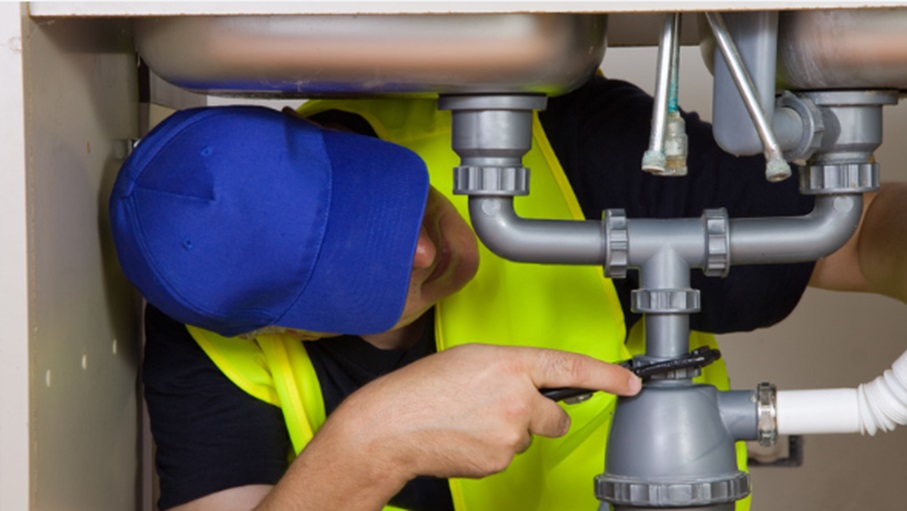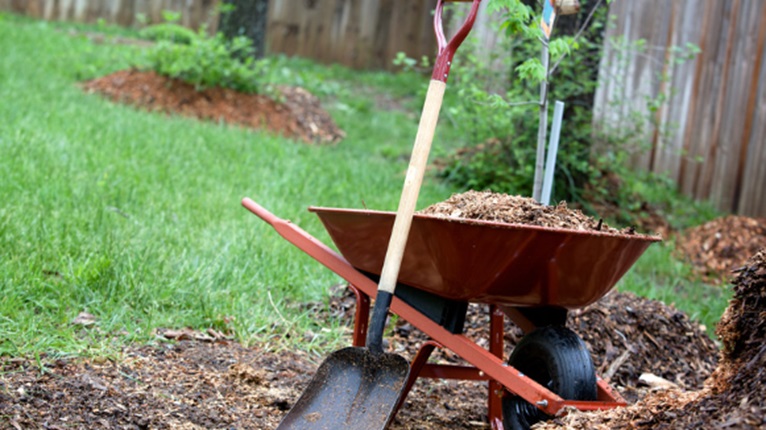Most property owners choose wrought iron fences to surround their yards. One of these components is the fencing’s natural resistance. The owner is worried about the 100-year fence requiring repairs any time soon due to its toughness and resistance to bending, strain, and denting. If you wish for enhanced protection and privacy for your home, check out fencing adelaide.
Despite how robust the system is, accidents still happen. Over time, your wrought iron fence will undoubtedly have dings and rust. If this occurs to you, be sure the company that installed the fence has the means to carry out the necessary repairs in a timely manner. You may want to learn more about the kind and severity of the possible harm. In the paragraphs that follow, we will go further into this topic and examine the history of the wrought iron fence.
A Brief History Of Wrought Iron Fencing
The invention of blast furnaces in the fourteenth century allowed for the creation of the first wrought iron fence. They were really simple, these railings. In the enclosed stairway or hallway, the rails were used to strengthen security. Church architecture and ornamentation are also included in these early architectural types. Even after steel had been present for a time, wrought iron remained popular far into the late nineteenth century. This system of functioning was developed over a period of more than 200 years. Cast iron railings were seldom utilized until the second half of the 18th century when new production processes made them practical.
Due to their discovery of how quickly and easily cast iron could be shaped into traditional shapes, the Adams brothers were instrumental in its widespread adoption. They understood that metal could be swiftly and simply formed into conventional forms. Before 1850, homeowners almost never employed cast iron as an outside aesthetic feature of their dwellings. Iron was often utilized to construct railings, parapets, and balustrades on low stone boundary walls. It was also utilized as a finishing touch on the roofs, bay windows, and porches of certain middle-class homes. As the usage of such buildings grew throughout the Victorian period, cast iron was often utilized in the construction of Victorian gates, railings, panels, and the aesthetic components that such structures featured.
Building residences that were exceptional in terms of size, design, and aesthetic appeal became the norm throughout the Victorian period. In keeping with the elegance of this design, the mosaic tile was often utilized to highlight garden elements like gates, fences, and walks. We did this so that we could boast of our accomplishments and good fortune.
Iron comes in two varieties: wrought iron and cast iron. Victorian gates and railings may still be seen on many British terraced houses, particularly the older ones. The main purposes of these gates and railings were to improve safety and act as a barrier between private property and public pathways.
Traditional ironwork, whether employed as adornment, fences, railings, or terrace gates, is often built to reflect the architectural style of the property on which it is deployed. This is accurate, regardless of the ironwork’s intended use. The “gracious age” craftsmen who developed the Victorian style took their time to create works of art that would last for many years. Thus, ornately carved cast iron gates and railings were quite common during the period. By the late 1800s, catalogs packed with mass-produced cast iron fences and gates were available to even the most wealthy Victorian estates. These might be walls or gates.
How Weather Impacts Fencing
Your wrought iron fence may incur damage even if it was designed to withstand all weather conditions. The circumstance that poses the most threat to the fence’s aesthetic value occurs much too often. Your fence may corrode as a result of snow, ice, and other sorts of precipitation. This might progress gradually. High wind speeds are another weather hazard that might jeopardize the safety of the barrier.
There are certain things that, despite your best efforts, you just cannot stop from occurring. You may stop the rusting process by routinely examining your fence, particularly after storms, and correcting any damage you see.
Corrosion Could Lead To Destruction
Iron and other metal fences are especially susceptible to corrosion, much as other metals. This is a frequent source of annoyance for homeowners who have only previously had wood or vinyl fence saratoga springs ut on their houses. Corrosion problems must be addressed and resolved as soon as practical.
You may be able to prolong the time that your fence serves its intended function by frequently inspecting it for early signs of rust. Use sandpaper and a wire brush to remove any faults that could be present in the item in question. Once the rust has been removed, at least one or two coats of rust-resistant paint need to be used. When painting or sanding, wearing a mask may help you avoid breathing in any potentially hazardous particles.
If you see any significant rust areas, ask the company that built your fence if they can send someone out to fix it. If you see rust stains on your fence,
If the issues continue, talk to the installer to see if a repair crew can be sent.
Problems With Filling Your Fence
If you wish to hang anything or lean it against your fence, you must exercise extreme care. The construction of the device prevents it from being utilized to transfer a significant amount of weight. The weight the fencepost must bear might eventually lead it to bend or perhaps break. Since smaller wrought iron fence posts are involved, this is especially true. No wrought iron fence can be constructed to handle heavier weights over time.
If you aren’t certain that adding anything to your fence won’t make it much heavier than it currently is, you shouldn’t make this decision. Christmas lights, for instance, may be preferable to huge poinsettia wreaths stretched between fence posts. Speak with the trained professional who built the fence if you have any questions about whether it can safely support a given amount of weight.
Accidents Happen to Everyone
If your property is near a busy road or a bend in the road, installing high visibility lights or reflector sticks next to your fence may help to reduce the likelihood that a traffic accident will occur there. Whether a car strikes your fence and damages it, you should check with your homeowner’s insurance company to determine whether you are liable for the repairs.
If anything big, like a tree limb or a vehicle, smashes into your fence, it’s quite probable that it will sustain significant damage. If you see anything that would jeopardize the integrity of the fence, kindly get in contact with the company that built it immediately.
Conclusion
Wrought iron fences require regular maintenance and surveillance to address any possible issues. You want to make sure that your fence lasts as long as possible in excellent shape because you put a substantial amount of money into it.
Make sure to ask the fence installation firm what maintenance steps they recommend doing to maintain the fence in good condition. If you’ve purchased a home that already has a fence, get in contact with a reputable company like Butte Fence for maintenance guidance.
The wrought iron fence we provide comes in a variety of design choices. If you’re interested in making a purchase or have any questions, kindly click here to learn more.




